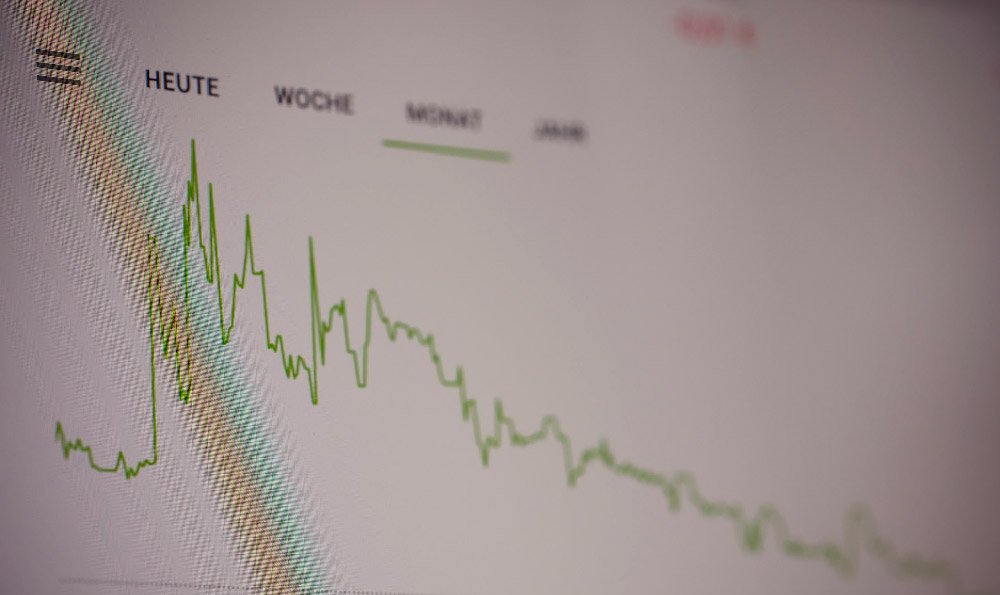Investing in paper assets is a cornerstone of a diversified and potentially lucrative financial strategy. Unlike tangible assets like real estate or commodities, paper assets represent ownership or debt obligations that are documented electronically or physically. Understanding their benefits and how to begin investing in them is critical for building long-term wealth and managing risk.
Paper assets encompass a wide range of financial instruments. Stocks represent ownership in a company, offering the potential for capital appreciation and dividend income. Bonds are essentially loans made to a government or corporation, providing a fixed income stream and typically lower volatility than stocks. Mutual funds and Exchange-Traded Funds (ETFs) pool money from multiple investors to invest in a diversified portfolio of stocks, bonds, or other assets, offering instant diversification and professional management. Options and futures are derivative contracts that derive their value from underlying assets, offering opportunities for speculation and hedging. Treasury bills, notes, and bonds are debt securities issued by the U.S. government, considered among the safest investments.
The benefits of investing in paper assets are numerous. First and foremost is liquidity. Paper assets can generally be bought and sold quickly and easily in established markets, allowing investors to access their capital when needed. This contrasts sharply with illiquid assets like real estate, which can take weeks or months to sell.

Diversification is another key advantage. By investing in a mix of stocks, bonds, and other paper assets across different sectors and geographies, investors can reduce their overall portfolio risk. When one asset class underperforms, others may compensate, mitigating potential losses. Mutual funds and ETFs are particularly effective for achieving diversification, allowing investors to access a wide range of assets with a single investment.
Potential for higher returns is a significant draw for many investors. While past performance is not indicative of future results, historically, stocks have outperformed other asset classes over the long term. Bonds, while offering lower returns, provide a stable income stream and can help to balance a portfolio. The key is to understand the risk-reward profile of each asset class and to align investments with individual risk tolerance and investment goals.
Accessibility is another factor. Investing in paper assets has become increasingly accessible to individuals of all income levels. Online brokerage platforms offer commission-free trading and fractional shares, allowing investors to start small and gradually build their portfolios. The rise of robo-advisors has further democratized investing, providing automated portfolio management services at low cost.
However, investing in paper assets also carries risks. Market volatility is a constant concern. Stock prices can fluctuate significantly in the short term, and even bonds can be affected by interest rate changes. Economic downturns, geopolitical events, and company-specific news can all impact the value of paper assets. Inflation can erode the purchasing power of returns, particularly from fixed-income investments. It's important to consider inflation-adjusted returns when evaluating investment performance. Interest rate risk is particularly relevant for bond investors. When interest rates rise, bond prices tend to fall, and vice versa. Credit risk is the risk that a bond issuer will default on its debt obligations. Investors should carefully evaluate the creditworthiness of bond issuers before investing.
Getting started with investing in paper assets requires careful planning and education. First, define your investment goals. Are you saving for retirement, a down payment on a house, or another specific goal? Your goals will influence your investment timeline and risk tolerance. Determine your risk tolerance. Are you comfortable with the possibility of losing money in exchange for the potential for higher returns, or do you prefer a more conservative approach? Your risk tolerance will help you choose appropriate asset allocations.
Open a brokerage account. Several online brokers offer a wide range of investment options and competitive fees. Consider factors like commission fees, account minimums, and the availability of research and educational resources when choosing a broker. Start with a diversified portfolio. Even with a small amount of capital, you can invest in a diversified portfolio of stocks and bonds through mutual funds or ETFs. Consider a target-date retirement fund, which automatically adjusts its asset allocation over time to become more conservative as you approach retirement.
Invest regularly. Dollar-cost averaging, which involves investing a fixed amount of money at regular intervals, can help to mitigate the impact of market volatility. By buying more shares when prices are low and fewer shares when prices are high, you can lower your average cost per share over time. Rebalance your portfolio periodically. As your investments grow, your asset allocation may drift away from your target allocation. Rebalancing involves selling some assets that have performed well and buying assets that have underperformed to bring your portfolio back into alignment.
Educate yourself continuously. The world of investing is constantly evolving. Stay informed about market trends, economic developments, and new investment opportunities. Read books, articles, and financial reports, and consider taking online courses or attending seminars. Seek professional advice when needed. A financial advisor can help you develop a personalized investment plan and provide ongoing guidance and support. They can assess your financial situation, understand your goals and risk tolerance, and recommend appropriate investment strategies.
Investing in paper assets is a long-term endeavor. It requires patience, discipline, and a willingness to learn. By understanding the benefits and risks involved, and by developing a well-thought-out investment plan, you can increase your chances of achieving your financial goals. Remember that there are no guarantees in investing, and past performance is not indicative of future results. However, with careful planning and a long-term perspective, paper assets can be a valuable tool for building wealth and securing your financial future. Don't be afraid to start small, learn as you go, and seek professional guidance when needed. The journey to financial security begins with taking that first step.












